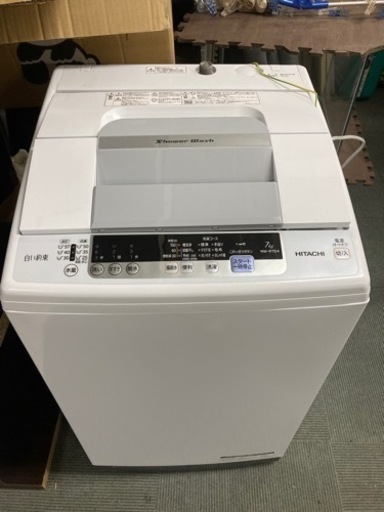
新入荷再入荷
【西独盤/黒レーベル】オスカー ピーターソン トリオ/プリーズ リクエスト The Oscar Peterson 小売 Trio/We Get Requests West Germany
 タイムセール
タイムセール
終了まで
00
00
00
999円以上お買上げで送料無料(※)
999円以上お買上げで代引き手数料無料
999円以上お買上げで代引き手数料無料
通販と店舗では販売価格や税表示が異なる場合がございます。また店頭ではすでに品切れの場合もございます。予めご了承ください。
商品詳細情報
| 管理番号 | 新品 :86450640 | 発売日 | 2024/09/22 | 定価 | 8,421円 | 型番 | 86450640 | ||
|---|---|---|---|---|---|---|---|---|---|
| カテゴリ | |||||||||
【西独盤/黒レーベル】オスカー ピーターソン トリオ/プリーズ リクエスト The Oscar Peterson 小売 Trio/We Get Requests West Germany
【西独盤/黒レーベル】オスカー ピーターソン トリオ/プリーズ リクエスト The Oscar Peterson Trio/We Get Requests West Germany
商品説明規格品番:810 047-2
Matrix:810047 2 02
西ドイツ輸入盤。
【帯】
なし
【ケース】
上下フラットの旧ケース。スレあり。
【盤質】
若干小傷あり。
【リーフレット】
少しシミあり。
※再生確認済みです。
※商品に関する疑問点は、些細な事でも気軽にお問い合わせ下さい。














![SUS ベルトコンベア 蛇行レス ベルト新品に交換済 全長3000mm ベルト幅600㎜ 三相200V 試運転動画あり [2-153827]](https://auctions.c.yimg.jp/images.auctions.yahoo.co.jp/image/dr000/auc0305/users/05956133a8a08d886fdf766050b05f38d5bd73c2/i-img640x480-1652075203wofg8n453588.jpg)














